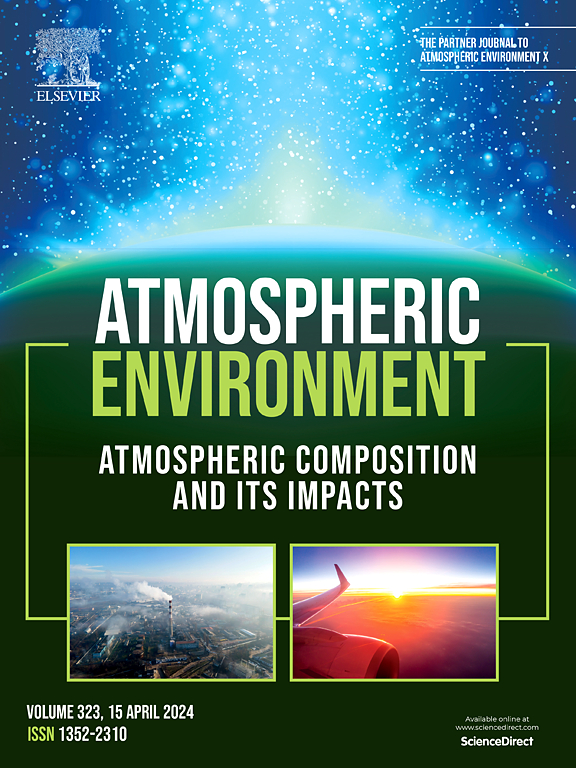Corn-straw-processed fuels in residential use: Combustion characteristics, kinetics, and pollutant formation mechanisms
IF 3.7
2区 环境科学与生态学
Q2 ENVIRONMENTAL SCIENCES
引用次数: 0
Abstract
This study explored the combustion characteristics, kinetics, pollutant formation, and reduction mechanisms of corn straw (CS)-processed fuels in residential applications. CS was collected to prepare CS briquettes (CSB) and CS charcoal (CSC). Derivative thermogravimetric (DTG) peaks implied that the combustion of CS, CSB, and CSC was dominated by pyrolysis, pyrolysis and char combustion, char combustion, respectively. Briquetting considerably decreased the devolatilization index (D) (66.4 %) and the maximum weight loss rate (DTGmax) (55.0 %); therefore, the CSB exhibited controlled pyrolysis and lower pollutant emissions than CS. Moreover, carbonization led to a considerable reduction in volatile matter (VM) content; thus, CSC exhibited lower pollutant emissions than CS. Both CSB and CSC successfully achieved significant emission reductions compared to CS for SO2, NOx, PM2.5 and its sub-factions include organic carbon (OC), element carbon (EC), polycyclic aromatic hydrocarbons (PAHs), inorganic ions and metals. CSC is a little more effective in most pollutants' reduction, and much more effective in EC reduction, yet less effective in ions reduction compared to CSB. EC emissions positively correlate with VM content (R2 = 0.989), which lead to the more remarkable EC reduction in CSC for CSC's much lowered VM content. Overall, A well-designed briquette factory location as well as encouragement of other users besides residents would make it sustainable for the large-scale utilization of corn straw processed fuels.
住宅用玉米秸秆加工燃料:燃烧特性、动力学和污染物形成机制
本研究探讨了玉米秸秆加工燃料在住宅应用中的燃烧特性、动力学、污染物形成和还原机制。收集CS,制备CS型煤(CSB)和CS炭(CSC)。衍生热重(DTG)峰表明,CS、CSB和CSC的燃烧分别以热解、热解和炭燃烧为主,炭燃烧为主。压块显著降低了脱挥发指数(D)(66.4%)和最大失重率(DTGmax) (55.0%);因此,与CS相比,CSB具有可控的热解和更低的污染物排放。此外,碳化导致挥发分(VM)含量显著降低;因此,CSC的污染物排放量低于CS。与CS相比,CSB和CSC在SO2、NOx、PM2.5及其子组分包括有机碳(OC)、元素碳(EC)、多环芳烃(PAHs)、无机离子和金属等方面都取得了显著的减排效果。与CSB相比,CSC对大多数污染物的减排效果稍好,对EC的减排效果要好得多,但对离子的减排效果较差。EC排放量与VM含量呈正相关(R2 = 0.989),这意味着CSC中VM含量的大幅降低导致CSC中EC的减少更为显著。总体而言,设计良好的型煤工厂选址以及鼓励居民以外的其他用户,将使玉米秸秆加工燃料的大规模利用具有可持续性。
本文章由计算机程序翻译,如有差异,请以英文原文为准。
求助全文
约1分钟内获得全文
求助全文
来源期刊

Atmospheric Environment
环境科学-环境科学
CiteScore
9.40
自引率
8.00%
发文量
458
审稿时长
53 days
期刊介绍:
Atmospheric Environment has an open access mirror journal Atmospheric Environment: X, sharing the same aims and scope, editorial team, submission system and rigorous peer review.
Atmospheric Environment is the international journal for scientists in different disciplines related to atmospheric composition and its impacts. The journal publishes scientific articles with atmospheric relevance of emissions and depositions of gaseous and particulate compounds, chemical processes and physical effects in the atmosphere, as well as impacts of the changing atmospheric composition on human health, air quality, climate change, and ecosystems.
 求助内容:
求助内容: 应助结果提醒方式:
应助结果提醒方式:


